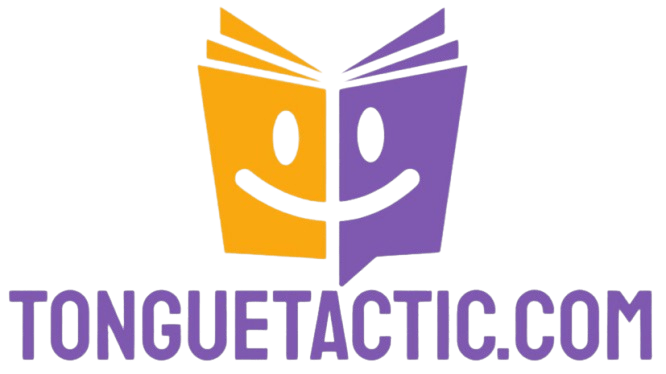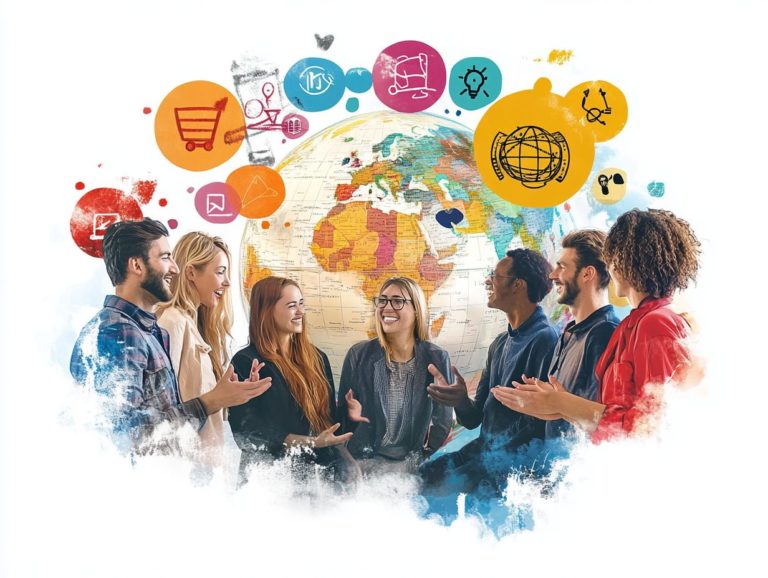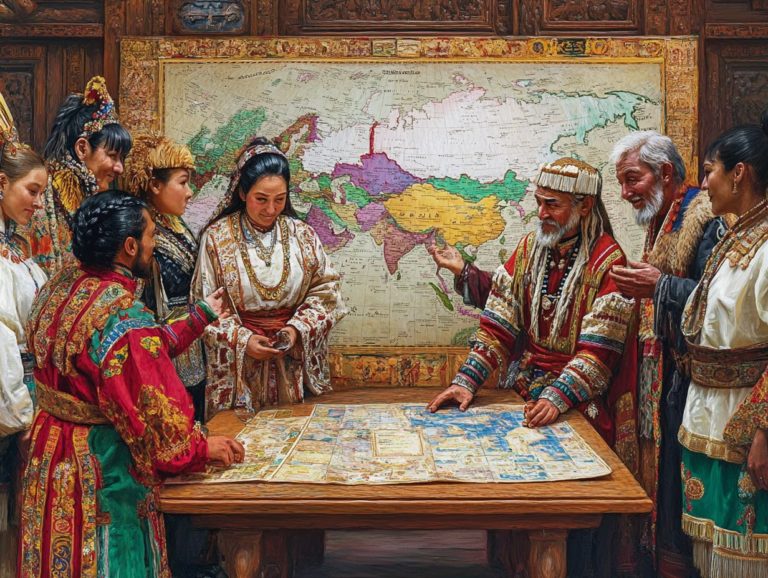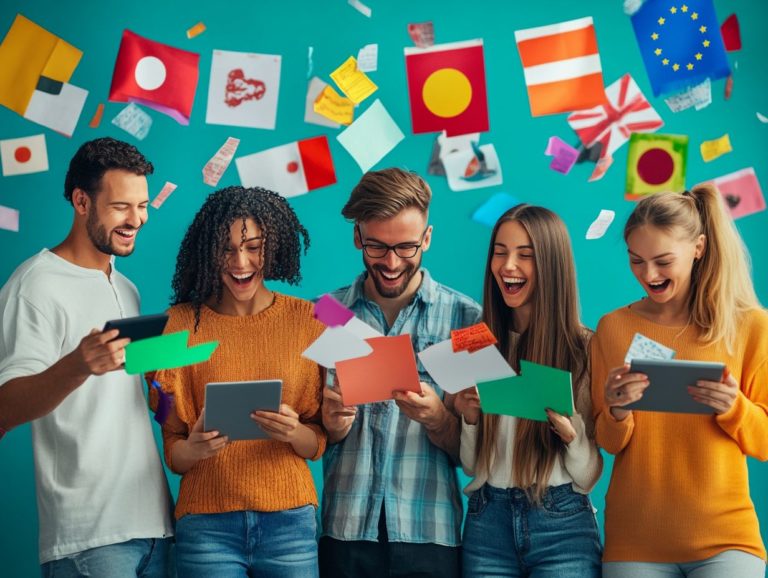5 cultural resources every language learner should use
In today s interconnected world, learning a new language transcends mere textbooks and grammar rules. By embracing cultural resources, you can significantly enhance your language journey, making it not only more engaging but also far more effective!
This article delves into five essential cultural resources that every language learner should tap into:
- Online platforms
- Exchange programs
- Cultural immersion
- Innovative apps
- Vibrant communities
It will outline the myriad benefits of incorporating these resources, illustrating how they can transform your learning experience. Plus, you ll find tips for overcoming common challenges along the way. Immerse yourself and discover how to enrich your language-learning adventure!
Contents
- Key Takeaways:
- 1. Online Language Learning Platforms
- 2. Language Exchange Programs
- 3. Cultural Immersion Programs
- 4. Language Learning Apps
- 5. Language Learning Communities
- What Are the Benefits of Using Cultural Resources for Language Learning?
- How Can Cultural Resources Enhance Language Learning?
- What Are the Different Types of Cultural Resources Available?
- How Can One Incorporate Cultural Resources into Their Language Learning Journey?
- What Are the Common Challenges Faced When Using Cultural Resources for Language Learning?
- How Can One Maximize the Use of Cultural Resources for Language Learning?
- Frequently Asked Questions
- What are the top 5 cultural resources every language learner should use?
- Why should language learners use cultural resources?
- How can books be used as a cultural resource for language learning?
- What benefits do movies offer as a cultural resource for language learning?
- How can music aid in language learning as a cultural resource?
- What are the benefits of participating in language exchange and immersion programs as cultural resources?
Key Takeaways:
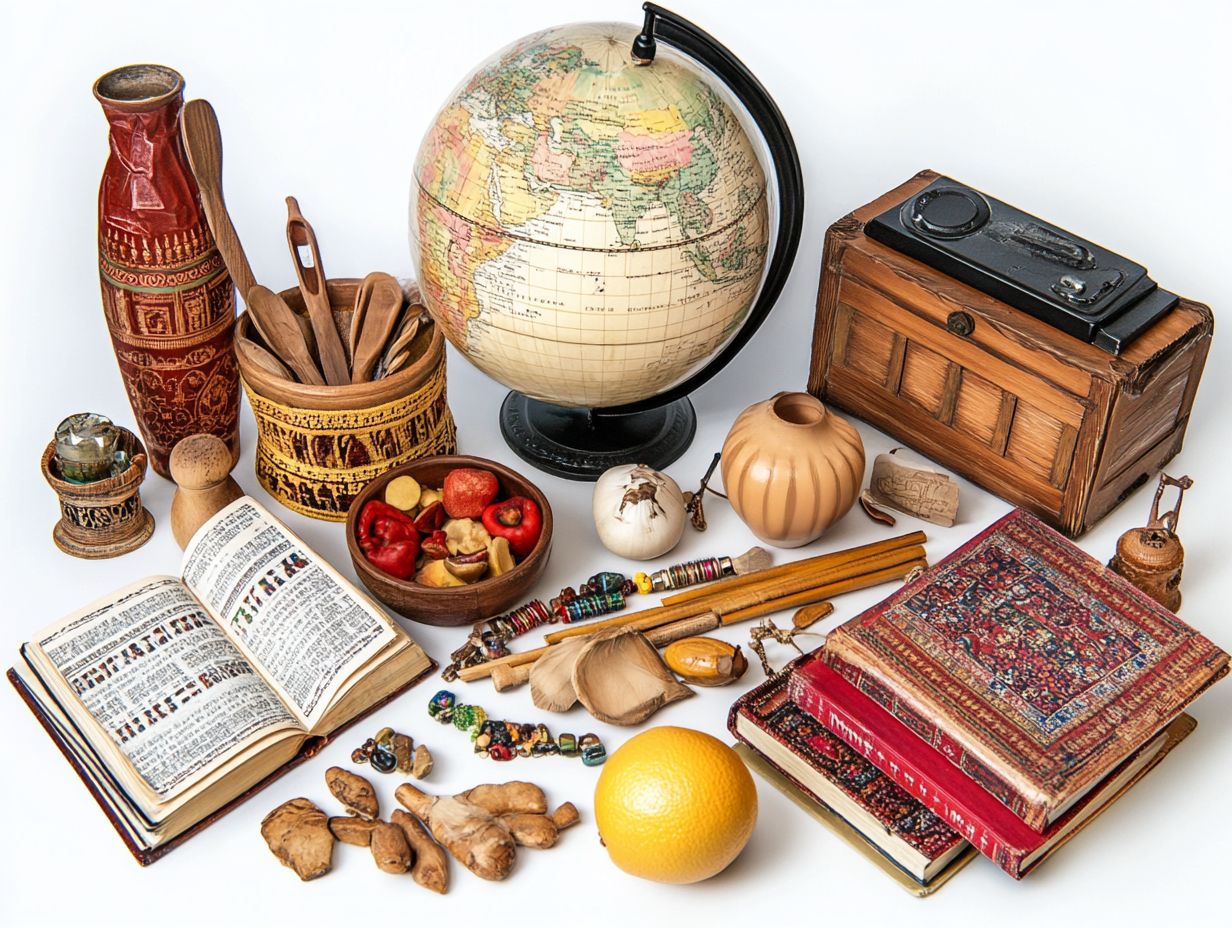
- Immerse yourself in the culture by using language exchange programs and cultural immersion experiences.
- Utilize online language learning platforms and apps for convenience and access to a variety of resources.
- Join language learning communities for support, guidance, and cultural insights from other learners and native speakers.
1. Online Language Learning Platforms
Online language learning platforms have transformed how you can approach language instruction. They grant you access to a wealth of languages through effective methods that cater to diverse interests and cultural contexts.
These platforms use technology to enhance your engagement and facilitate interaction with other English Language Learners (ELL). This makes the journey of language acquisition not only accessible but also enjoyable.
Take Duolingo, for example! It employs gamification to keep you motivated, turning practice into an adventure rather than a tedious task.
Then there’s Rosetta Stone, which immerses you in authentic cultural experiences. It encourages you to think critically about language within its context. FluentU takes a different approach by using real-world videos, turning them into dynamic lessons tailored to your unique proficiency level.
This variety in resources ensures that your learning experience aligns with your individual style while also supporting cultural connections. This deepens your understanding of the language and its speakers.
By integrating authentic materials and fostering a culturally responsive environment, these platforms become essential for nurturing global citizens like you in our increasingly interconnected world!
2. Language Exchange Programs
Language exchange programs present a unique opportunity for you to sharpen your language skills while immersing yourself in vibrant cultural contexts. Through engaging sessions and creative activities, you ll foster cross-cultural relationships that enrich your learning experience.
These programs come in various forms, such as:
- Group meetups
- Online tandem partnerships
- Specialized workshops featuring guest speakers who illuminate the nuances and richness of their native tongues
The insights shared by these speakers provide you with a deeper understanding of their cultures, enhancing your appreciation for the language itself!
At the core of these exchanges is peer learning, allowing you to draw from one another s perspectives and experiences. Such interactions encourage authentic language use, enabling you to communicate in genuine contexts. This ultimately boosts your confidence and proficiency as a speaker!
3. Cultural Immersion Programs
Cultural immersion programs offer you a unique opportunity to experience diverse cultures firsthand. You will engage deeply in cultural comparisons, such as exploring the intriguing differences and similarities between an Indian wedding and an American wedding. This enriches your understanding of the strength that global diversity brings!
These programs often include hands-on experiences that empower you to roll up your sleeves and learn directly from locals. This can be through cooking classes, traditional arts and crafts, or community service projects.
By actively participating in these activities, you absorb local customs and cultivate meaningful connections with residents, enhancing your cultural sensitivity. This involvement is vital for stimulating critical thinking as you navigate new social dynamics and perspectives!
These immersive experiences also significantly enhance language retention. By interacting in real-life settings, you practice your language skills in context, making vocabulary and phrases easier to remember and apply.
In conclusion, embracing cultural resources for language learning not only boosts your linguistic skills but also enriches your understanding of the world. To enhance your experience, consider the 5 essential cultural competencies for language learners. Start your journey today and explore the vibrant opportunities that await you!
4. Language Learning Apps

Language learning apps have transformed the way you acquire new languages. They seamlessly integrate cultural connections and tap into your background knowledge to enrich your learning experience.
These platforms help you visualize stories and interact with the material. Game-like features make language learning an enjoyable adventure.
As you make progress, you earn points and badges. This creates a sense of achievement that keeps you motivated. These tools also incorporate culturally relevant content, ensuring you grasp grammar and vocabulary while appreciating the customs, idioms, and subtleties of the language.
This contextual approach enhances your experience and provides practical applications for real-world use. With personalized learning paths, you can tailor your journey to your specific needs and preferences, allowing you to advance at your own pace while exploring subjects that resonate with your interests.
5. Language Learning Communities
Language learning communities are crucial in enhancing your engagement as a student. They bring together individuals from diverse backgrounds to share their experiences and perspectives.
This synergy enriches the learning environment and turns diversity into a powerful asset. These communities come in many forms. They include online forums that connect learners worldwide, local meetups that foster a sense of belonging, and traditional classrooms that encourage meaningful face-to-face interactions.
In these spaces, multicultural literature helps you understand different cultures and languages. Collaborative activities encourage teamwork among participants. By engaging with a variety of texts and participating in joint exercises, you refine your linguistic skills and cultivate empathy.
This approach makes the language acquisition process vibrant and impactful.
What Are the Benefits of Using Cultural Resources for Language Learning?
Using cultural resources in your language learning journey opens up a world of benefits. You’ll find your interests ignite, critical thinking skills sharpen, and immersive language learning resources that connect your language studies to everyday life.
By weaving in elements like music, films, and literature from the target culture, you harness your curiosity to explore the language beyond textbooks. Listening to popular songs can significantly boost your vocabulary retention and pronunciation.
Delving into contemporary novels exposes you to idiomatic expressions and cultural nuances. Engaging with community events like cultural festivals or local art exhibitions provides real-world experiences that deepen your comprehension and foster connections with native speakers.
These immersive experiences allow you to navigate the language in context, leading to a richer understanding of both the language and its cultural backdrop.
How Can Cultural Resources Enhance Language Learning?
Cultural resources elevate your language learning experience by providing authentic materials. These make instruction more effective and engaging. By exploring 5 ways to incorporate culture in language learning, you’ll find yourself immersed in real-world contexts that deepen your understanding of the language.
By integrating films, songs, and literature into your lesson plans, you cultivate a dynamic and relatable learning atmosphere. For instance, popular films can spark meaningful discussions, while songs help you grasp colloquial phrases and the rhythm of the language.
To maximize your engagement, consider utilizing strategies such as:
- Group discussions
- Themed projects
- Connecting these resources to current events
Make it a point to draw connections between your experiences and cultural materials. This not only enriches your understanding but also boosts your appreciation for the language and its rich culture!
What Are the Different Types of Cultural Resources Available?

Cultural resources encompass a rich tapestry of materials, including multicultural literature, artwork, music, and dance. To enhance your experience, consider exploring 5 ways to connect language learning with local culture, as each offers unique insights into the culture tied to a language.
This diversity enhances your learning experience. For example, multicultural literature provides narratives reflecting the social values and traditions of native speakers, significantly improving your vocabulary and comprehension.
Artwork serves as a visual language, capturing cultural nuances that words may struggle to convey. Music, with its rhythms and lyrics, helps with pronunciation and encapsulates the emotions of a culture.
Dance fosters a kinesthetic connection to cultural expression, inviting you to appreciate the movements that accompany language use.
How Can One Incorporate Cultural Resources into Their Language Learning Journey?
Incorporating cultural resources into your language learning journey can be transformative. By aligning materials with your interests and using your native language as a bridge, you can help yourself understand better through 7 essential tools for language learning that encourage creative and engaging activities.
This approach increases your commitment and empowers you to take control of your educational journey. When you select resources like music, movies, or literature that resonate with you, you access familiar contexts, making language acquisition feel more relevant and accessible.
Embracing creative activities, such as storytelling, role-playing, or artistic projects, allows you to express yourself while reinforcing your language skills in enjoyable ways. By making learning personal and interactive, you cultivate a deeper connection with the language and its cultural nuances.
What Are the Common Challenges Faced When Using Cultural Resources for Language Learning?
While incorporating cultural resources can be beneficial, you may face challenges like varying levels of background knowledge among students. Embracing the strength of diversity in the classroom is crucial.
These challenges can lead to cultural misunderstandings, which may hinder communication and connection among learners. Some resources may not always be relevant or accessible, leaving some students feeling excluded.
To address these issues, you can use different teaching methods based on students’ needs. By creating an inclusive environment where everyone feels valued and heard, you foster engagement and encourage collaboration.
Engaging activities that allow students to share their unique cultural perspectives enrich the learning experience, transforming language acquisition into a relatable journey for everyone involved.
How Can One Maximize the Use of Cultural Resources for Language Learning?
Maximizing cultural resources for language learning means engaging students through collaborative learning communities. To enhance this approach, consider exploring 5 essential cultural topics for language learners that encourage critical thinking and seamlessly integrate diverse resources into your curriculum.
Try incorporating project-based assignments that allow learners to explore cultural contexts while honing their language skills. Facilitating group discussions around cultural artifacts, literature, or current events enriches the exchange of ideas.
Engaging in reflective practices, like journaling or peer feedback sessions, can deepen understanding and help students articulate their thoughts in the target language, reinforcing retention.
By weaving together these strategies, you create an immersive and interactive learning environment. To enhance your experience even further, learn how to make the most of language learning resources and dive into the rich world of cultural resources to watch your language skills soar!
Frequently Asked Questions
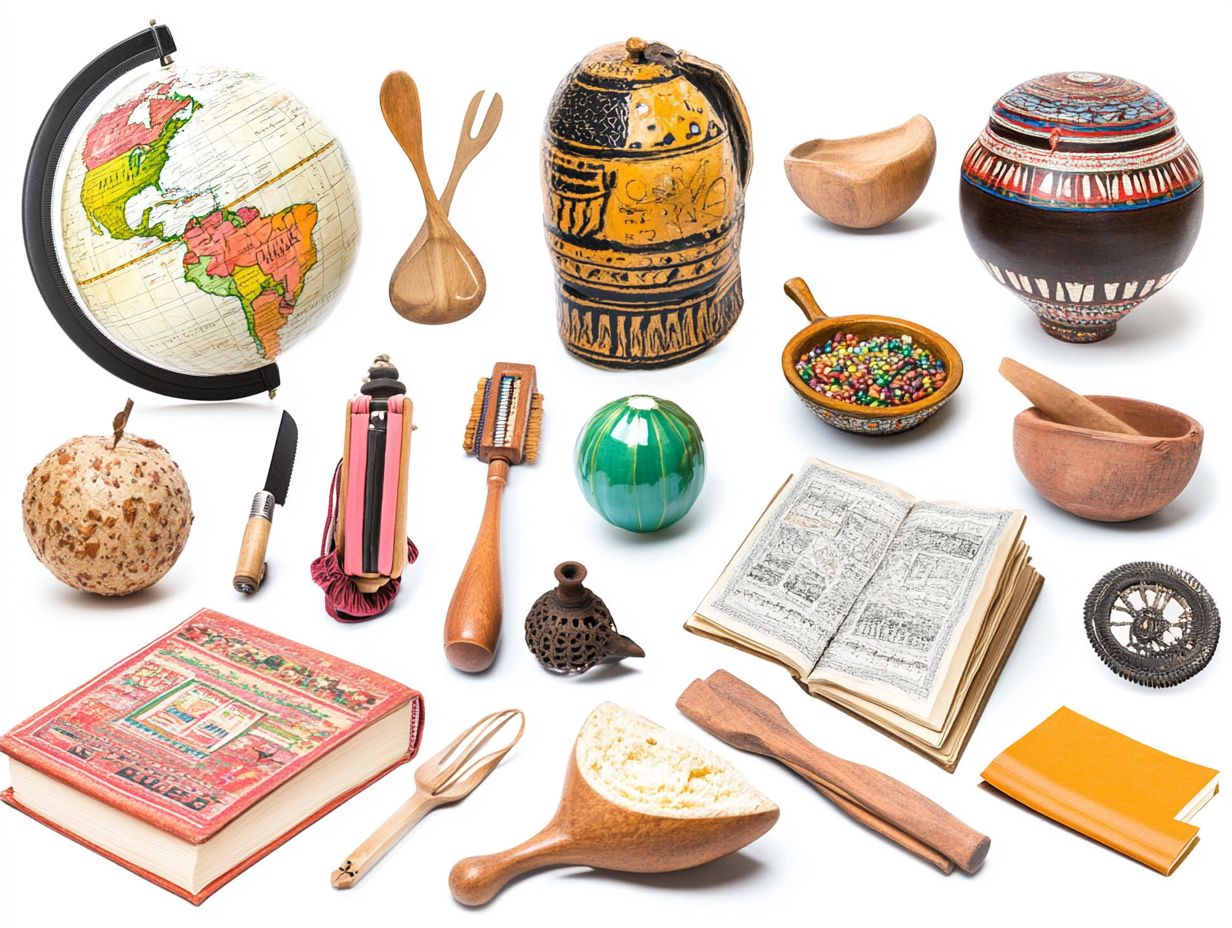
What are the top 5 cultural resources every language learner should use?
The top resources include books, movies, music, language exchange programs, and immersion programs.
Why should language learners use cultural resources?
Using cultural resources greatly enhances understanding. They provide real-life context and cultural nuances beyond textbooks.
How can books be used as a cultural resource for language learning?
Books serve as a vital cultural resource. Reading literature in the target language reveals cultural themes and references.
They also help expand vocabulary and understanding of grammar.
What benefits do movies offer as a cultural resource for language learning?
Movies bring language learning to life! They provide authentic dialogue and a glimpse into local customs and lifestyles.
How can music aid in language learning as a cultural resource?
Music improves listening and pronunciation skills. It also expands vocabulary through engaging song lyrics.
What are the benefits of participating in language exchange and immersion programs as cultural resources?
Join language exchange programs to interact with native speakers. This firsthand experience boosts language skills and cultural awareness.
